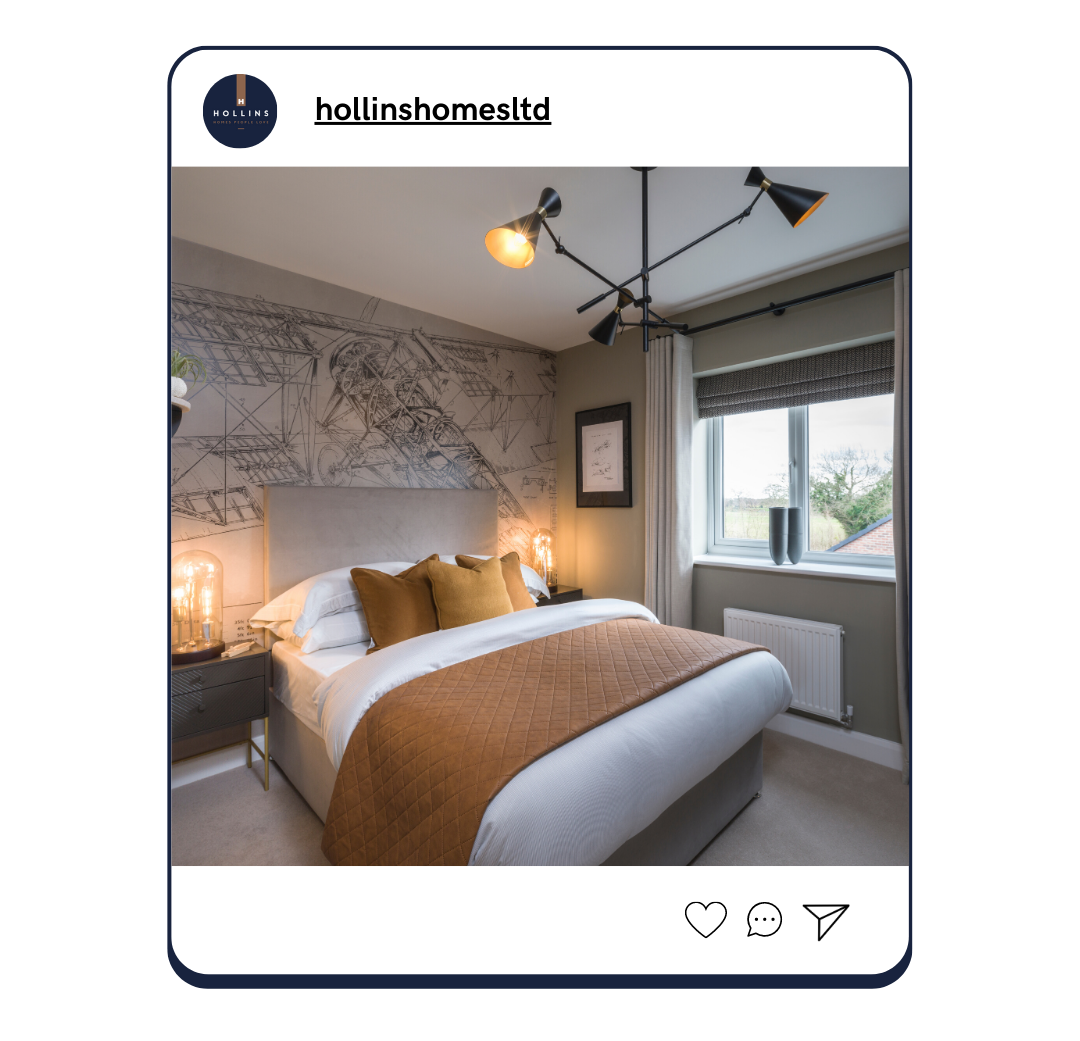Houseplants 101: Low Maintenance Plant Breeds & General Care Tips (2023)
Houseplant sales in the UK have surged in recent years. According to horticulture magazine, 35% of Brits purchased a houseplant for their home in 2021!
Not only do they add a lovely pop of greenery (in keeping with current sustainable home décor trends) but houseplants also have potential health benefits, making them an attractive addition to your windowsill or work desk!
Houseplants can purify the air by removing pollutants such as formaldehyde and benzene. Research has shown that they help regulate humidity levels in the air, proving beneficial for people with respiratory problems. They’re also shown to improve your mood and can even reduce stress.
If you’re interested in getting a little green-fingered at home but don’t want the commitment of a full outdoor garden, this blog will cover the best low maintenance plant breeds and general care tips to help you keep your houseplants happy and healthy!
What are the best low maintenance indoor plants for beginners?
Choosing the right first plant for your home can be confusing, there are thousands of species of plants capable of surviving in indoor environments, but a low maintenance option is often most desirable for beginners.
Some of the easiest, no-fuss houseplants include snake plants (Sansevieria), Pothos (aka Devil’s Ivy), ZZ Plant, Spider Plant, Peace Lily, cacti, and succulents like jade or aloe vera. These plants are great for beginners and require really minimal care (you can forget about them when you go away on holiday).
Here are a few general care tips for each species:
Snake plants (Sansevieria): These are one of the easiest houseplants to grow. Snake plants are very low-maintenance and can tolerate a wide range of conditions including indirect light and infrequent watering, making them perfect for beginners. Snake plants also have air-purifying qualities, making them a great addition to any home.
Pothos (Epipremnum aureum): Pothos is another low-maintenance vine that is easy to care for. These plants enjoy a wide range of environments, coping with bright, indirect light as well as low light. They can be grown in dry soil or in vases of water.
ZZ plant (Zamioculcas zamiifolia): ZZ plants are also very low-maintenance and can tolerate low light and infrequent watering. It’s virtually impossible to kill and good at cleaning the air in your home too.
Spider plant (Chlorophytum comosum): Spider plants are easy to care for and frequently produce baby plants, which you can take cuttings from to grow your houseplant collection or share with friends and family!
Peace lily (Spathiphyllum): Peace lilies are known for their beautiful white flowers. They prefer low light and moist soil.
General Care Tips for Houseplants
Whilst its best to research the specific conditions your plant prefers, here are a few general guidelines to go by which will suit most species.
Light: Most houseplants need bright, indirect light. Avoid placing your plants in direct sunlight, as this can scorch their leaves.
Water: Water your plants deeply, but infrequently. Allow the soil to dry out slightly between waterings.
Fertilizer: Fertilize your plants during the growing season (spring and summer) with a balanced fertilizer. You can add one to five drops of fertilizer to roughly one litre of water when giving your plants a water.
Repotting: Repot your plants every year or two, or when they outgrow their current pots.
Can you overwater a house plant?
Overwatered plants may have yellowing leaves, mushy stems, and a foul odour whereas underwatered plants may have dry, crispy leaves and soil that pulls away from the edges of the pot.
It’s important to monitor your plants and adjust your watering schedule accordingly if you spot any of these signs!
Overwatering is a common mistake that can lead to root rot and other issues. Whilst the frequency of watering depends on the plant species, the size of the pot and the environment, as a general rule, it’s better to underwater than overwater. Allow the soil to dry out between waterings, and make sure the pot has proper drainage to minimise the risk of mould and rot from soggy soil.
You can improve your plants drainage by adding stones to the bottom of its carrier pot before packing soil. You should also look for decorative pots with drainage holes in the bottom to allow runoff of excess water.
Which indoor plant purifies the air most?
Many of the household products that we use daily for cleaning our homes can add invisible toxins to the air which can be harmful to humans and irritate our respiratory systems.
In 1989, a NASA study revealed that house plants can have notable air-purifying qualities. Some of the most effective plants include snake plants, spider plants, peace lilies and pothos. These plants can help remove toxins such as formaldehyde, benzene, and trichloroethylene from the air which can improve your health.
Conclusion
In conclusion, houseplants are a great way to add some greenery to your home and potentially improve your health. By choosing low maintenance plant breeds and following our general care tips, you can keep your houseplants happy and healthy.
Remember to research the specific needs of your plant species and adjust your care accordingly.
Happy planting!













